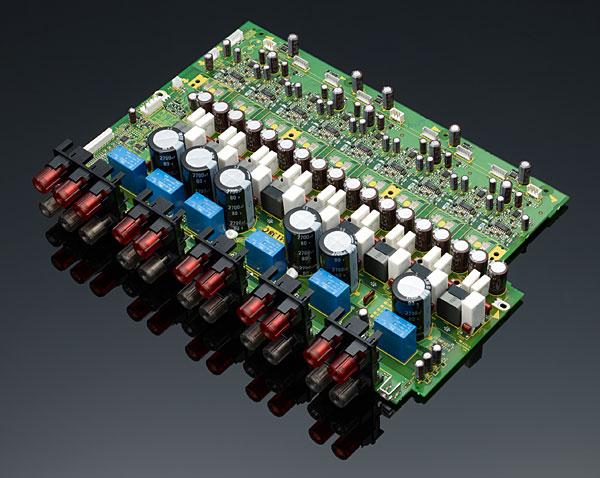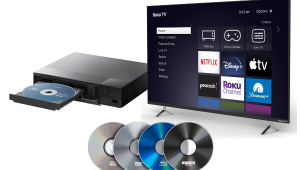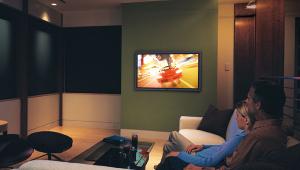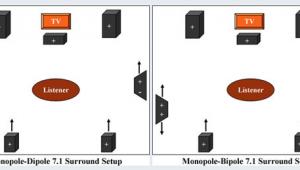I have the SC-05, which contains an older model of the Class D used in the SC-55, but it sounds great. I don't use it to drive full range speakers, only down to 80Hz, so this may not really be taxing on the system, but I believe this is a real world case for most setups.
On AVSForum, I heard that the x7 Amp (57, 37, 27, 07) does better on the low end.






































































